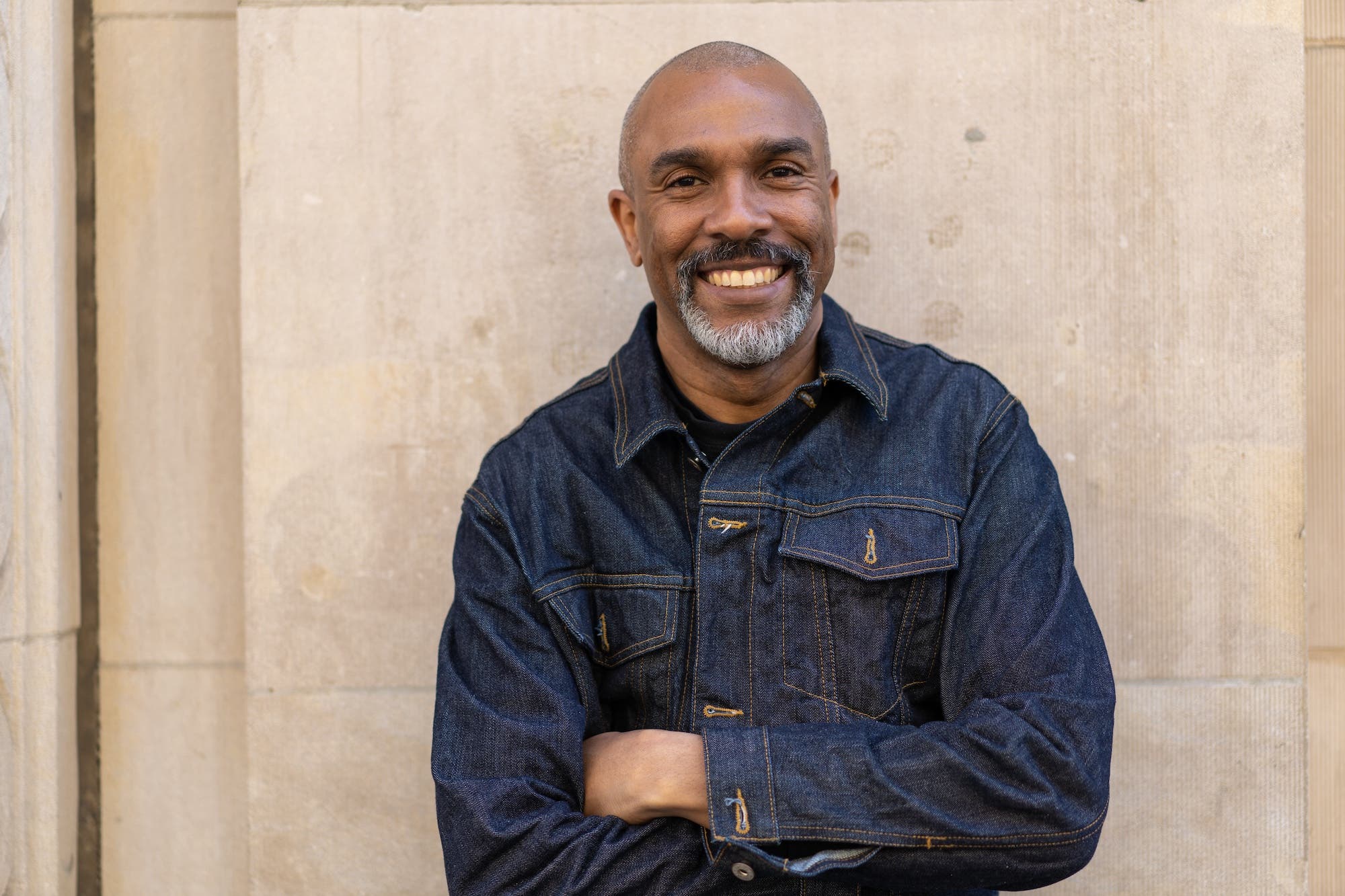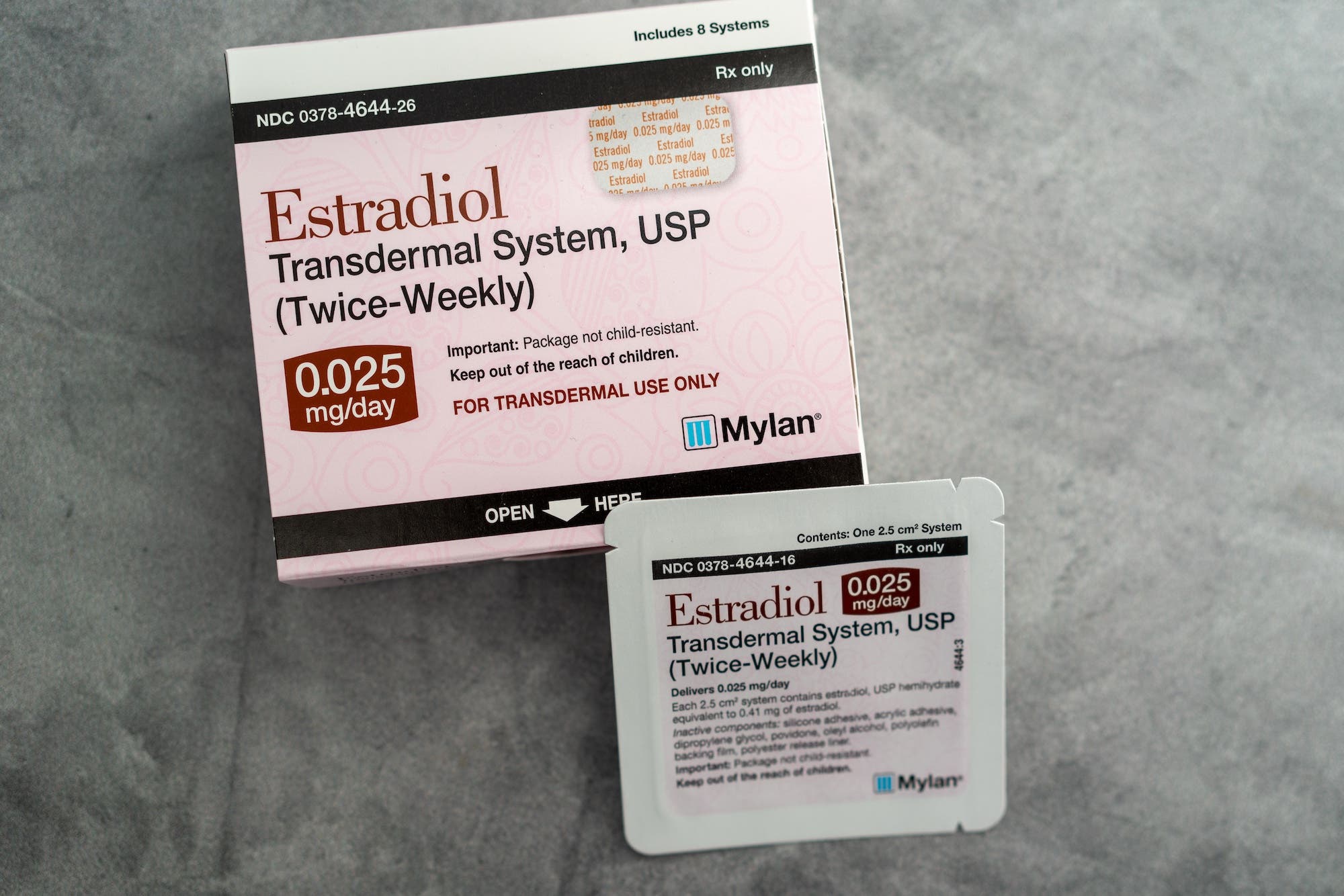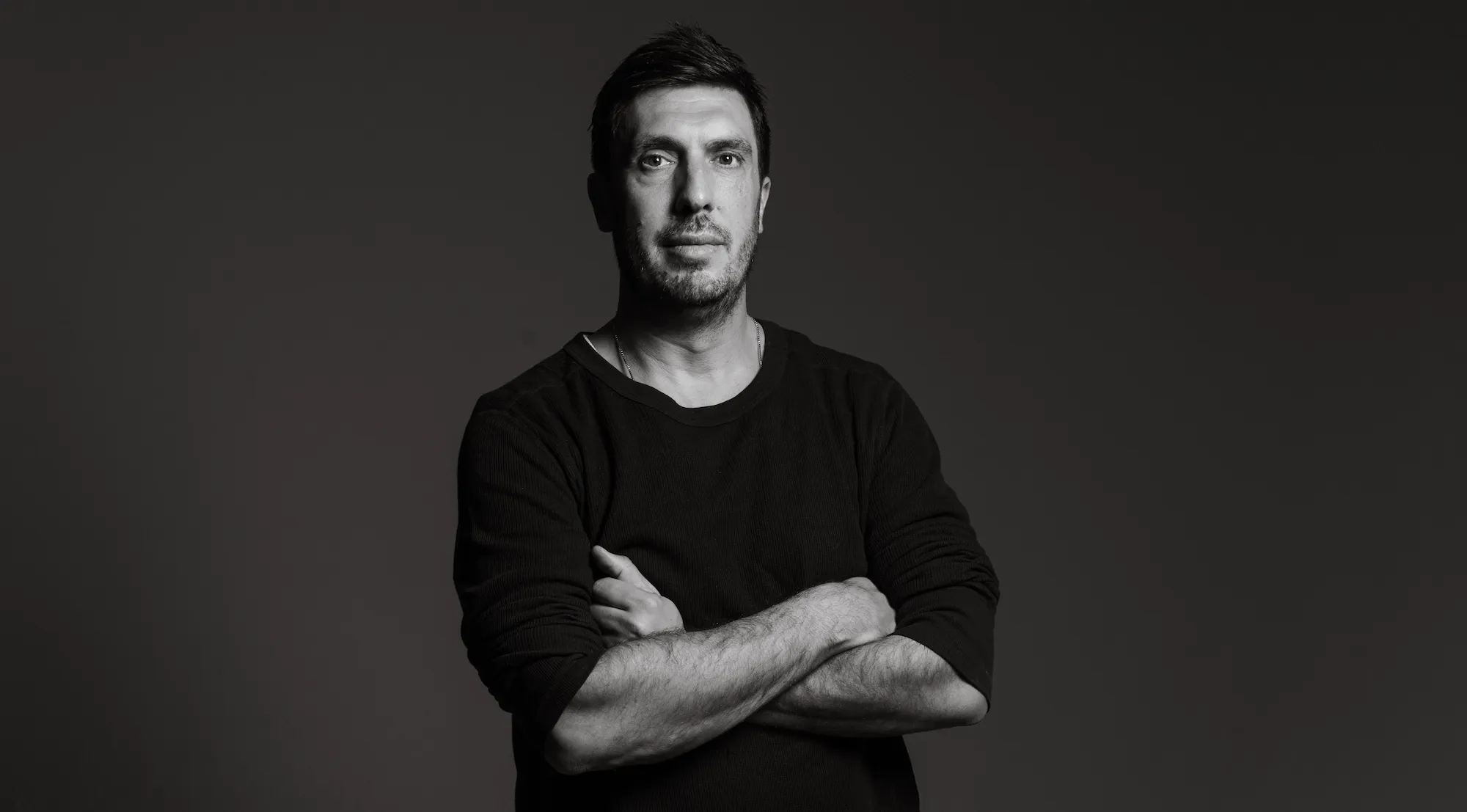If you have low testosterone levels (also known as hypogonadism), your doctor may recommend testosterone replacement therapy (TRT). In this article, we’ll review what to expect when you start testosterone replacement therapy.
Key takeaways
- Testosterone replacement therapy helps bring your testosterone levels up to normal and counteract symptoms of low T.
- Your sex drive, sexual function, and mood should improve quickly after starting TRT, while symptoms like insulin resistance and increased fat will likely take longer to resolve.
- It’s important to be aware of potential side effects of TRT, like infertility and possible cardiovascular issues. If you want to grow your family in the future, freeze your sperm before starting TRT.
Understanding low testosterone
Testosterone is a sex hormone that, in men, is important for sex drive, sperm production, sexual development, bone mass, and other health factors. Low levels of testosterone, a condition called hypogonadism, can negatively affect these areas of health and fertility.
You may be diagnosed with the condition if your testosterone levels are measured below 300 ng/dL after multiple tests.
What is testosterone replacement therapy?
Testosterone replacement therapy, or TRT, involves giving supplemental testosterone to people with low levels. TRT aims to help patients reach normal testosterone levels and remedy any associated symptoms of low testosterone.
Note that the FDA has only approved TRT for people whose low testosterone levels are the result of medical conditions. While testosterone naturally declines with age, TRT is not intended to restore testosterone levels under these circumstances. The FDA states that more research is needed on the safety and benefits of TRT for older adults before it’s used in this capacity, and additional studies are also needed on the long-term safety of TRT.1
However, there are still plenty of men being prescribed testosterone outside of the boundaries drawn by the FDA. An estimated 39% of men aged 45 and above have hypogonadism, for which TRT is the main treatment.2 Studies have found that around 1.5–3% of men in the US are using TRT during a given year.3
How testosterone replacement therapy works
Testosterone therapy may be given as an injection, gel, implant, patch, or as a tablet that you take by mouth. Depending on the administration, you may need to use it daily (as with a patch or gel), every few weeks (for an injection), or every few months (for an implant). Testosterone gel is the most common form.
While you can take most forms of TRT on your own (including the injection), the implant needs to be done in a doctor’s office. Typically, your doctor will also want to check your testosterone levels and the levels of other hormones every 6–12 months, and may monitor any side effects of TRT.
Immediate effects of TRT
Here’s what to expect your first week of TRT.
TRT should bring your testosterone levels up to normal fairly quickly, and should immediately begin relieving some of your symptoms. Within the first week of taking TRT, you may see improvements in your sex drive, sexual function, mood, and possibly your energy levels.
A 2009 study found that TRT quickly restored sexual thoughts and interest along with spontaneous morning erections, which then stopped increasing after 3 weeks on TRT.4 In some cases, the increase in sexual interest may take a little longer — 3 weeks according to some research.5
Depression started decreasing early on before plateauing after 6 weeks, while mood improved after 6–9 weeks.
Long-term effects of TRT
Some low T symptoms take more time to address. For example, it may take 3–6 months or longer to see reduced fat, increased lean muscle, and improved insulin resistance.2, 5 You may also see weight loss after 3–6 months.5
TRT’s impact on bone mass also takes around 6 months to get started and may last for over 3 years.5
One study found that people with additional health conditions like diabetes and sleep apnea were less likely to experience improvements in their symptoms from TRT.6 They also had a higher chance of stopping TRT within a year. In the study, 65% of the 60 participants saw their symptoms improve with TRT.
At the moment, there’s insufficient research to show that TRT helps improve memory, tiredness, lipid profiles, or overall quality of life.
TRT side effects
It’s important to know that there may be some negative side effects of TRT, too. Possible issues include:
- liver damage
- infertility
- smaller testicles
- erythrocytosis, a condition in which your body produces too many red blood cells
- blood clots
- heart issues
- difficulty sleeping
- enlarged prostate
- enlarged or sore breasts
- acne
- foot, ankle, or leg swelling from fluid retention
- increased risk of obstructive sleep apnea
Testosterone therapy may increase the risk of a heart attack, particularly in men over age 65 and younger men who have a history of heart disease, according to research from 2014.7
More studies need to be done in this area as results are mixed, but prescription testosterone products are required by the FDA to include a warning about the potential increased risk of a heart attack or stroke.1 If you have signs of a heart attack, particularly while taking TRT, it’s important to get emergency medical care immediately.
More research is still needed on the long-term safety of TRT and its effectiveness at different ages. Once you start using TRT, your doctor should perform regular examinations to check your red blood cell count and blood pressure and look for prostate issues, fluid retention, and cancer.
Testosterone therapy and infertility
Infertility is a critical side effect of TRT for patients to be aware of. Even though testosterone is important for producing sperm, adding it to your body actually halts sperm production because it disrupts the balance of your hormones. Research shows that within four months, TRT leads to azoospermia (no sperm in the semen) in most people.8
What happens if I stop taking testosterone?
If you’re taking TRT or considering it, you might be wondering: Once you start testosterone therapy, can you stop? And what happens when you do?
TRT is intended to be a long-term treatment. You can stop taking testosterone, but it’s best to take this step with guidance from your doctor.
Without TRT, your testosterone levels will once again fall. Still, some research indicates that improvements to symptoms were maintained for several months after stopping treatment.9
For men with age-related low T who are taking TRT to improve their sexual function, the American College of Physicians recommends discontinuing it after one year if symptoms show no improvement.10
Will sperm production return if you stop TRT? Maybe. In most cases, sperm production will return to normal within one year after you’ve finished testosterone treatments.11 For some people, recovery may take two years, with longer recovery times possibly linked to older age and a longer time spent using TRT.8
The restoration of sperm production after stopping TRT isn’t guaranteed. If you’re trying to grow your family now, it’s best to avoid TRT. If you’d like to have kids in the future, freeze your sperm before TRT to ensure you have options.
References
2. Dandona et al, “A practical guide to male hypogonadism in the primary care setting.” 2010.
3. Baillargeon et al, “Testosterone Prescribing in the United States, 2002-2016.” 2018.
10. Qaseem et al, “Testosterone Treatment in Adult Men With Age-Related Low Testosterone: A Clinical Guideline From the American College of Physicians.” 2020.11. Crosnoe et al, “Exogenous testosterone: a preventable cause of male infertility.” 2013.



